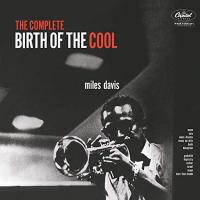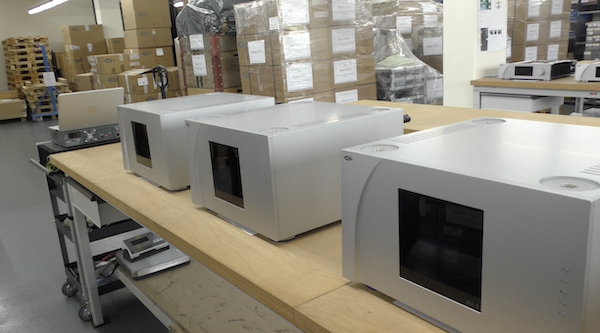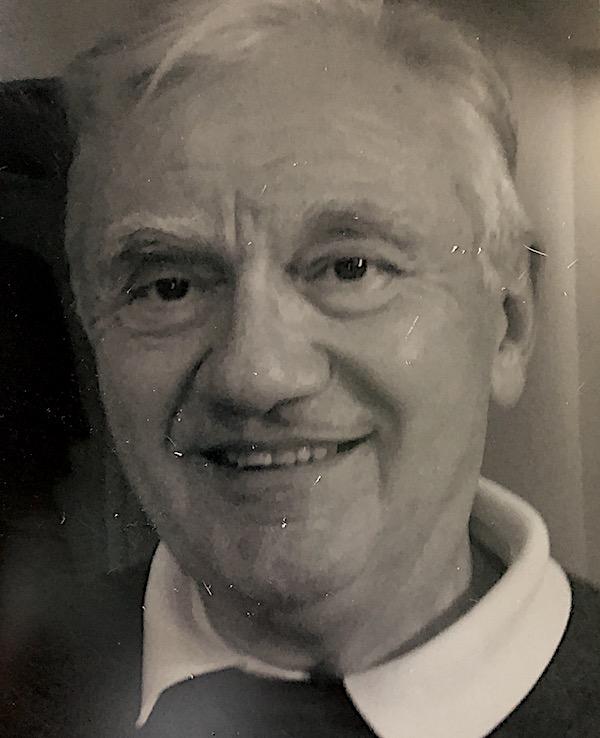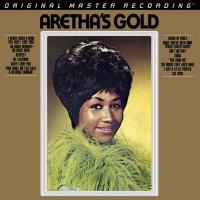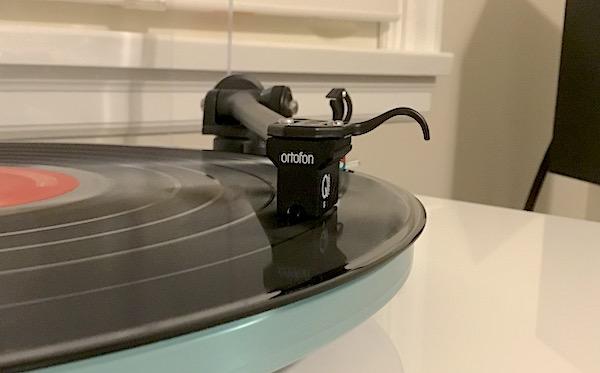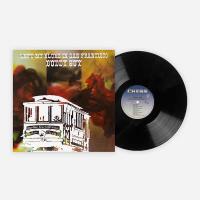UMe's Birth of the Cool Is A Sonic Abortion And a Reissue Disgrace
First off, UMe touts this reissue as "...newly remastered from the original 1949 analog tapes for the first time since 1957." That's nonsense: Bernie Grundman cut this from the original analog tapes for Classic Records back in the 2000s. And I believe the RVG CD did as well (correct me if I'm wrong). Facts matter.
Primary Category:
Category:
Artist:
Miles Davis
Album:
Birth of the Cool
Cred Label:
Capitol UMe not dignifying with catalog #
Cred Prod:
Should be Fired
Cred Eng:
Don't Know
Cred Mix:
Don't Know
Cred Mast:
Robert Vosgien what's your excuse?
- Read more about UMe's Birth of the Cool Is A Sonic Abortion And a Reissue Disgrace
AnalogPlanet Visits CH Precision in the Heart of Swiss Watch Making Country
IGOR, Tyler, the Creator's True Masterpiece, is Essential Listening
Hours before its release, Tyler, the Creator tweeted a set of listening instructions to anxious fans about to hear his new magnum opus IGOR. “This is not Bastard. This is not Goblin. This is not Wolf. This is not Cherry Bomb. This is not Flower Boy. This is IGOR. Pronounced eee-gore. Don’t go into this expecting a rap album. Don’t go into this expecting any album. Just go, jump into it. I believe the first listen works best all the way through, no skips. Front to back. No distractions either.”
Primary Category:
Category:
Artist:
Tyler, the Creator
Album:
IGOR
Cred Label:
Columbia 44.1kHz/16 bit FLAC (LP coming later this summer)
Cred Prod:
Tyler Okonma
Cred Eng:
Various
Cred Mix:
NealHPogue
Cred Mast:
Mike Bozzi at Bernie Grundman Mastering
Sumiko's Songbird is a New, Moderately Priced High Output Moving Coil Cartridge
"Aretha's Gold" Is Limited to 4000 Copies and Should Already Be Souled Out!
Mobile Fidelity's double 45rpm reissue of Aretha's Gold (originally issued in 1969 as Atlantic SD 8227) gets off to not such a great sonic start because though "I Never Loved A Man (The Way I Love You)" and "Do Right Woman-Do Right Man" are musical classics that belong at the head of the hits lineup, the Rick Hall engineered recordings at his Fame Record Studios in Muscle Shoals, Alabama pale in comparison to everything else in this molten set recorded at Atlantic Studios in New York City.
Primary Category:
Category:
Artist:
Aretha Franklin
Album:
Aretha's Gold
Cred Label:
Mobile Fidelity/Atlantic MFSL 2-479 2 180g 45rpm LPs
Cred Prod:
Jerry Wexler
Cred Eng:
Tom Dowd (Rick Hall on Fame tracks)
Cred Mix:
Tom Dowd (Rick Hall on Fame Tracks)
Cred Mast:
Krieg Wunderlich At MFSL, Sebastopol, CAeg Wunderlich, Assisted by Rob LoVerde At MFSL, Sebastopol, CA
This Story Ran in The New York Daily News January 7th 1992
Vinyl Me, Please Reissues Buddy Guy's "Left My Blues In San Francisco"
Buddy Guy’s 1967 Chess release—his first— has nothing to do with San Francisco, nor was it recorded July of 1967 though the jacket says it was. No big deal. Someone (probably Leonard Chess) chose to reference San Francisco because “flower power” was happening and it seemed like a good way to grab the white kids’ interest. The recording date was chosen close to the original release date so it would sound current but in fact, this is a compilation that includes tracks recorded between 1962 and 1967.
Primary Category:
Category:
Artist:
Buddy Guy
Album:
Left My Blues In San Francisco
Cred Label:
Vinyl Me, Please/Chess CO21 180g LP
Cred Prod:
Gene Barge
Cred Eng:
Ron Malo (supervising engineer)
Cred Mix:
N/A
Cred Mast:
Kevin Gray at Cohearent Audio
EISA (Expert Imaging and Sound Association) 2019 Highlights
